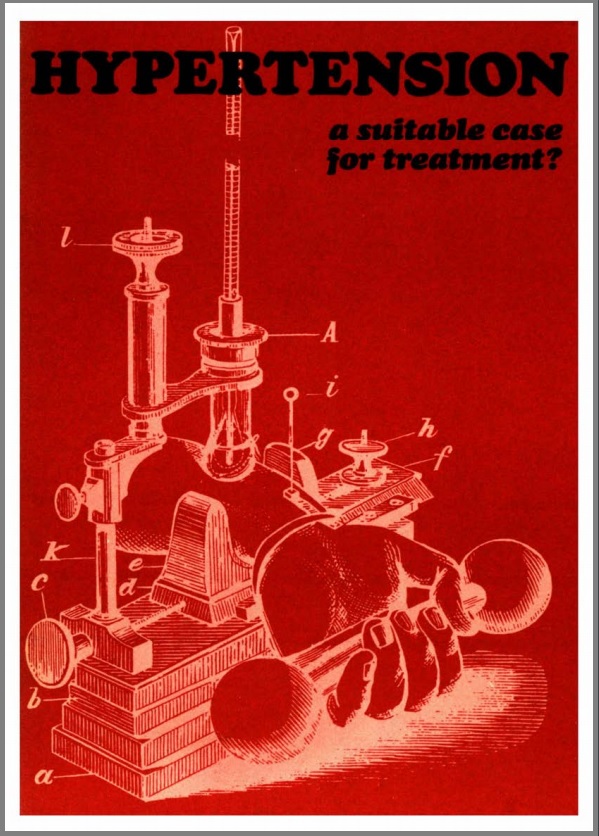Sign up to our newsletter Subscribe
Analysing Global Immunisation Expenditure

Ever since the discovery of the circulation of the blood it has been known that blood is forced around the body under pressure from the contractions of the heart. When the pressure in the arteries is consistently higher than normal (usually through increased…
Ever since the discovery of the circulation of the blood it has been known that blood is forced around the body under pressure from the contractions of the heart. When the pressure in the arteries is consistently higher than normal (usually through increased resistance from the peripheral vessels), hypertension is said to exist, though a precise and satisfactory definition is impossible because the range of ‘normal pressure’ can only be arbitrarily defined. Blood pressure not only varies from person to person within the population, but also varies widely within the same person depending for instance on physical exertion, posture, or on mental state at the time of measurement. A person is only considered to be hypertensive if his blood pressure is consistently raised in the absence of any stimuli that may cause a temporary increase in pressure. For this reason it is necessary to measure individuals ‘blood pressures more than once under standard conditions in order to make any distinction between those who come within an arbitrarily defined range or normality and those who come outside it.
Hereditary, dietary, environmental and racial factors have all been found to have a bearing on blood pressure levels but there is not yet any strong evidence identifying one or two crucial factors. In the present state of knowledge, therefore, there is little of practical value that can be done to prevent the development of essential hypertension except perhaps measures to reduce the prevalence of obesity in the population. Blood pressure is known to be positively correlated with obesity (e.g . Mialletal 1968) so there may be considerable potential benefit to be derived from reducing the 60 percent of middle aged people who are ten per cent or more overweight, if not much reason to believe that such a reduction could actually be achieved in the short or medium term.
Hypertension: a Suitable Case for Treatment?
